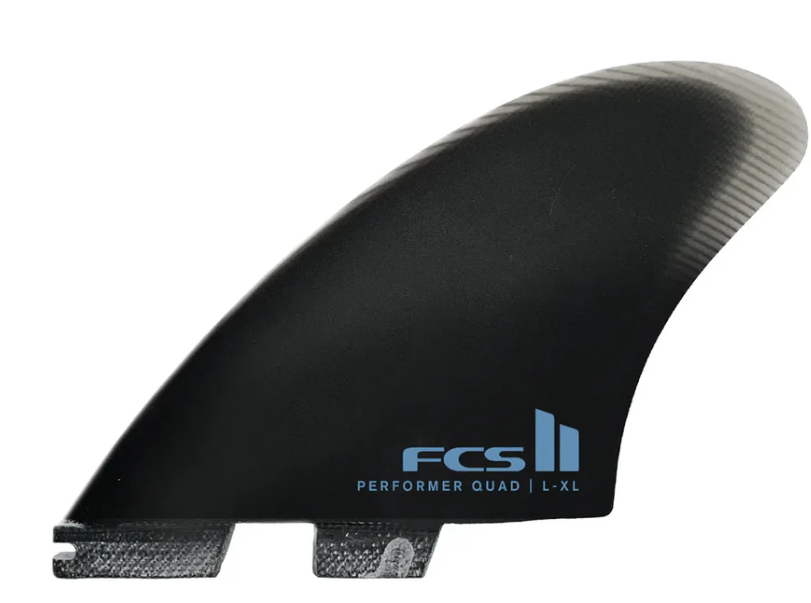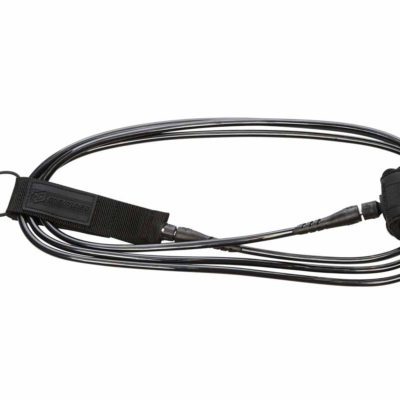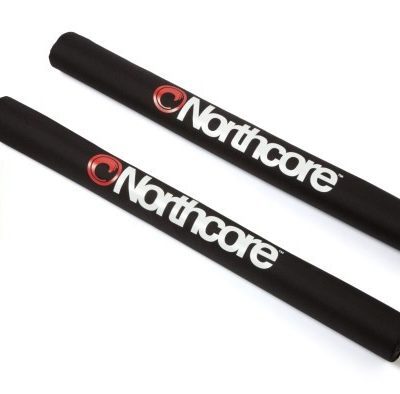Description
Stable, smooth and loose enough to make you froth on surfing small waves.
Overview
The Performer Quad Keel is based on the theory of taking a full-size keel template and turning it into a quad set by extracting area from the back of the fin and re-shaping it into a mini quad rear.
The side fins have been designed from scratch with the leading edge inspired by the popular Modern Keel, and a trailing edge similar to the Reactor template. The low-profile quad rear is compact yet matches aesthetically the side fins, almost like a little sibling.
The smooth curves directly translate to how this set feels in the water. The robust, rounded tip and high surface area across all 4 fins ensure this set has exceptional acceleration from take-off and plenty of down-the-line speed and drive. When turning it delivers a trustworthy feel with an underlying level of response that allows you to break the line and turn in a tight arc when the wave presents steeper and more critical opportunities.
Ideally suited to smaller, weaker waves, this set is adaptable to many higher-volume hybrid tri-quad models and quad-specific models such as the Machado Seaside Fish.
Specialty split keel quad fin set.
High area quad keel set adds bite and control to hybrid boards with wide tails, without sacrificing pivoting capabilities.
Board Types
Semi Keel + Stabiliser Quad Rears
The flow of a twin. Control of a quad.
Performance Glass
Performance Glass (PG) fins are machine cut from layers of solid fiberglass. These fins are stiff, and are widely used by pro level surfers because the integrity of the flex is maintained under immense force, and in the most extreme of conditions and situations.




